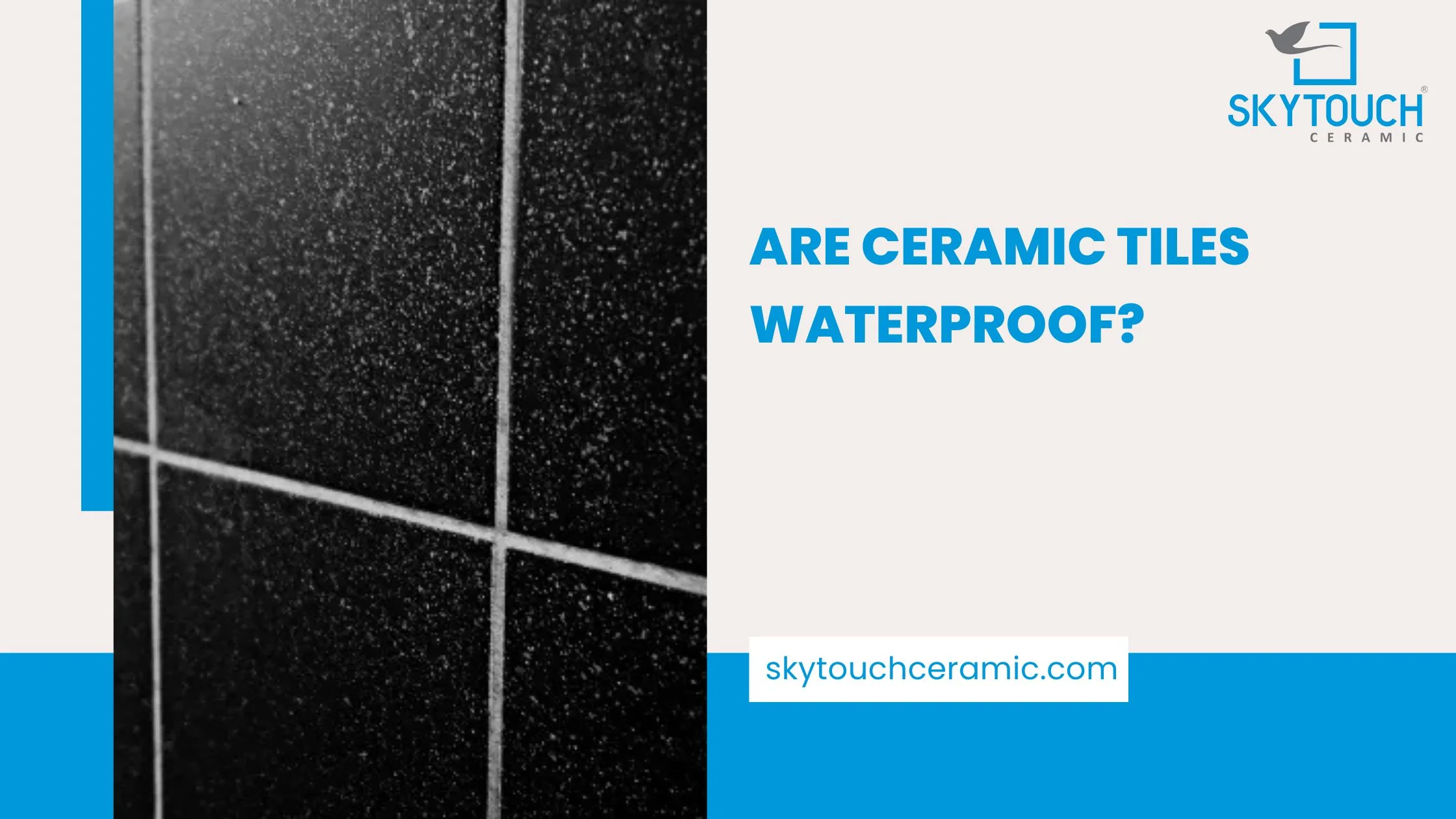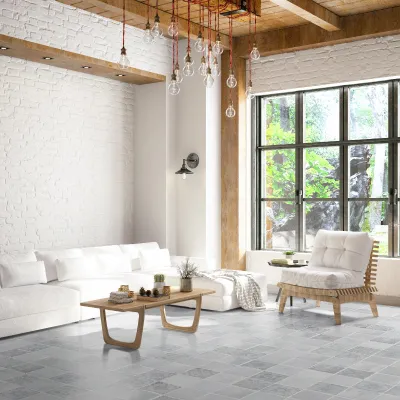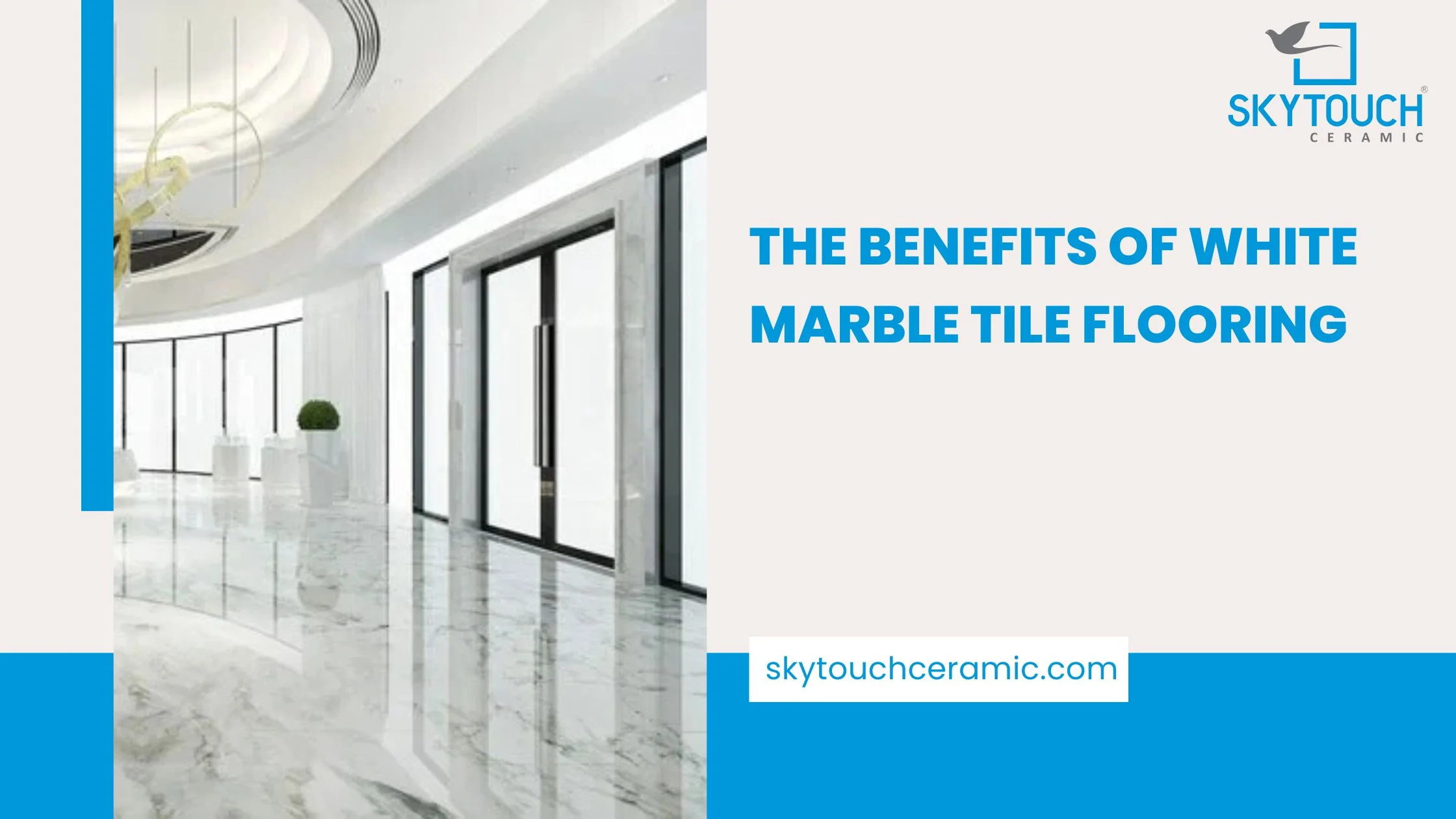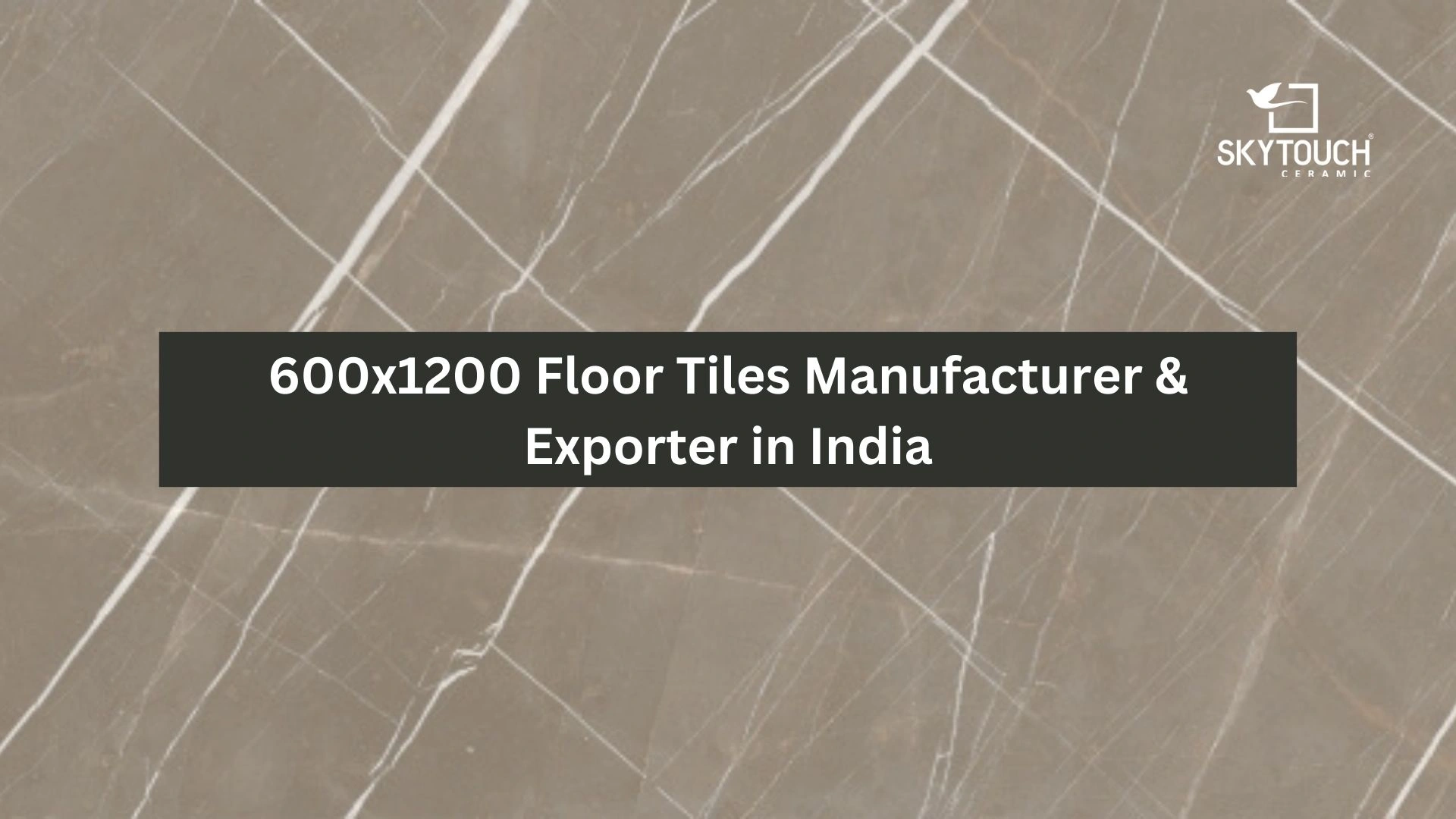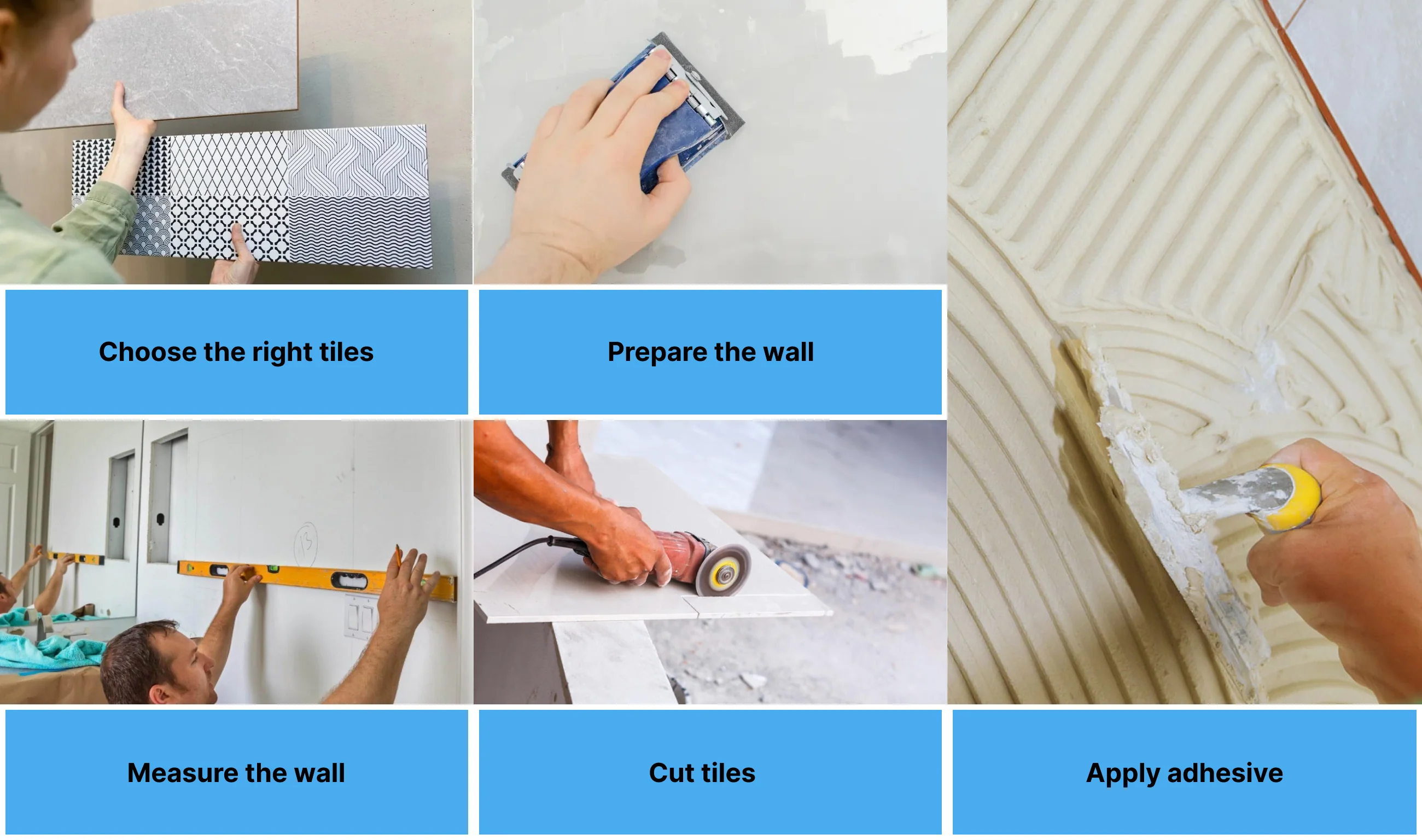Ceramic tile is formed of clay and is commonly used in toilets, kitchens, as well as other locations where there would be significant dampness. The explanation behind it is that tiles are durable and resistant to water damage.
Many customers choose ceramic tile for their kitchen or bathroom as it is often believed to be impermeable. Ceramic tile, on the other hand, may be treated as if it were waterproof! If you drop water on it, it will mostly pool on the surface until you clean it up. But are they really "waterproof?"
Fact About Ceramic Tile
However, although ceramic tile is durable enough to resist ordinary splashes and droplets, it is relatively permeable. This prevents it from flaking, breaking, or shattering while also allowing little water to infiltrate. While this is typically not a concern, the permeability of ceramic can be a concern during the cooler months if the water freezes. The ice has the potential to shatter the tile.
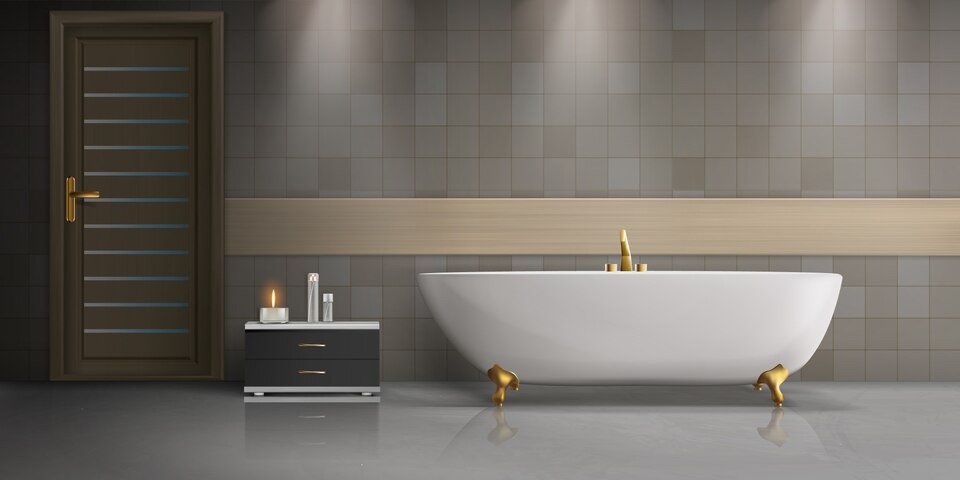
Mold spores are another possible hazard, as are tiles that are falling away from the walls. If the moisture penetrates under, it can sit underneath the tiles, slowly degrading the adhesion and causing them to fall away from the surfaces. Similarly, that dampness may produce a damp and humid atmosphere that is excellent for mold germs to develop. This might result in a musty odor as well as health issues caused by mold inhalation.
Best Waterproof Ceramic Tile Collection
Additional problems might arise if moisture seeps beneath tiles; for example, water can seep under and get behind your bathroom floors. If you have a bathroom located upstairs, this can even result in a leaky ceiling on the ground floor! Because of all these factors, it is critical to consider how you will utilize your ceramic tiles.
How to Counter Moisture on Ceramic Tiles?
If ceramic is your preferred material, there are still steps you may take to avoid water damage. There are moisture-reducing coatings available, and underfloor heating can also be added. Cleaning up any spills, droplets, or splashing as soon as possible will also assist in keeping issues to a minimum.
One of the easiest methods to counter moisture damage to ceramic tiles is simply not choosing them for water-prone areas. You can explore options other than ceramic tiles. Stone tiles are frequently watertight, while porcelain tiles are even more so. Porcelain tiles, which are also constructed of clay, have a similar appearance to ceramic tiles. They do, nevertheless, go through a distinct heating procedure that renders them less porous. This also hardens them and makes them less prone to chipping.
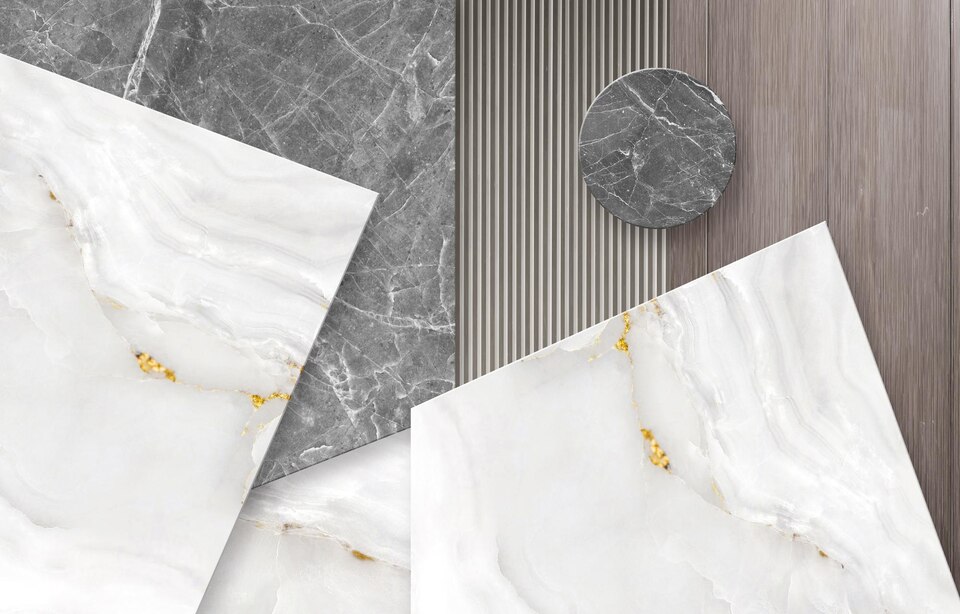
Apart from that several protective coatings can also assist in maintaining the ceramic tiles drier, and they will effectively avoid the accumulation of moisture on your tiling. You could also think about a heated underfloor, that can help you manage dampness.
Also, a relatively easier method to counter is to completely avoid allowing excess moisture to accumulate, which can result in mold and deterioration.
Keeping the space insulated also goes a long way in wicking away any dampness off the surfaces. In the long term, putting in a little more work today can save you a lot of difficulties afterward.
Conclusion
Ceramic tiles are simple to place and absorb less moisture, keeping them simple to keep tidy and preserve. The water that accumulates on the face of ceramic tiles can be simply wiped away. This is applicable to both the wall and the floor cladding. They are extremely popular for not just toilets, but for exterior areas as well.
As it is clear if you choose to go with ceramic tiles in your bathrooms or other water-prone areas, with little effort and care you can always enjoy the beautiful appearance and several functional values of ceramic tiles. It may not be waterproof but it comes close enough to be a suitable choice.
Frequently Asked Questions (FAQ)
1. Are Ceramic Tiles Completely Waterproof?
No, ceramic tiles are water-resistant but not 100% waterproof. They can repel water on the surface, but their porous nature allows some moisture absorption. Sealing the tiles and grout can enhance their water resistance.
2. What is the Best Way to Protect Ceramic Tiles from Water Damage?
To protect ceramic tiles from moisture:
• Use high-quality grout sealants to prevent water seepage.
• Install underfloor heating to reduce dampness.
• Clean up spills immediately to avoid prolonged exposure to moisture.
• Ensure proper ventilation in bathrooms and kitchens.
3. Can Ceramic Tiles Crack Due to Water Exposure?
Yes, ceramic tiles can crack in extreme conditions, especially if water seeps into them and freezes in colder temperatures. The expansion of frozen water inside the tile can cause cracks over time.
4. How do I Prevent Mold Growth On Ceramic Tiles?
• Regularly clean tiles and grout with a mild anti-mold solution.
• Use a dehumidifier or exhaust fan in damp areas.
• Apply waterproof coatings to prevent moisture buildup.
5. How Often Should I Reseal Ceramic Tile Grout?
It is recommended to reseal grout every 1-2 years, especially in bathrooms and kitchens, to maintain its water resistance and prevent moisture-related issues.
6. Can I Use Ceramic Tiles for Outdoor Areas?
Yes, but only if they are frost-resistant and properly sealed. Outdoor ceramic tiles should have a low water absorption rate to withstand rain and temperature fluctuations.
7. Do Ceramic Tiles Become Slippery When Wet?
Yes, ceramic tiles can be slippery when wet, especially glossy-finish tiles. To prevent accidents:
• Choose textured or matte-finish ceramic tiles.
• Apply anti-slip coatings.
• Use rugs or mats in high-moisture areas.
8. What is the Best Way to Clean Ceramic Tiles in Wet Areas?
• Use a mild detergent and warm water for regular cleaning.
• Avoid harsh chemicals that can damage grout and sealants.
• Wipe down tiles after showers to minimize moisture exposure.
For any query, feel free to contact us - info@skytouchceramic.com / +91 70466 90088

